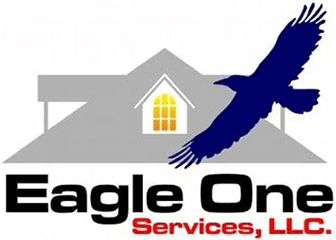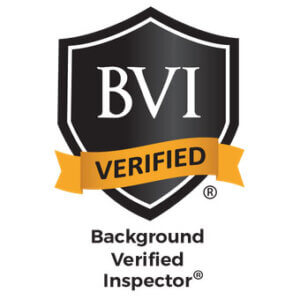Our old house leaks heat (and money) like a sieve.
First, a confession. I write about the environment and care passionately about it. But my home is decidedly not energy-efficient. My husband and I rent two floors of a town house in New Jersey. It is stunning, with high ceilings, hardwood floors and elegant fireplaces. But, given that the place was built in 1852, a tight building envelope is not part of the package. In January, our energy bill soared to almost $500 for 1,200 square feet-despite the fact that we use no dishwasher, are gradually replacing our bulbs with compact fluorescent, do our laundry in energy-saving cold water and strive to turn off lights that aren’t in use. Clearly we are in need of serious help. So when my editor suggested that I get an energy audit and write about it, I couldn’t wait.
People who understand home repairs and construction can do a pretty good audit themselves. The Department of Energy maintains a Web site called Home Energy Saver that will walk you through the steps. But my husband and I have a home-repair IQ that’s somewhere in the range of a weak incandescent bulb. We needed a pro, and when Ray Evangelista of 411 Inspection Services arrived, we were delighted. For $400, he examined our building from top to bottom and gave us a personalized list of energy-trimming measures, along with the cost and potential savings from each one.
The major issue for most homeowners is a leaky building envelope, and auditors have two basic ways of assessing it. Many use a “blower door,” a giant fan placed in the front door to draw out air and create negative pressure in the home. They then walk around the house with smoke sticks to locate the spots near windows, doors, electrical outlets and trim where smoke blows sideways, indicating that air is seeping in. The other method, which Evangelista prefers, is to use an infrared camera, which is less cumbersome and provides an instant, graphic image of leaks. The inner doors in our foyer, for example, showed up in a range of hues indicating different temperatures—from a warm-yellow 58 degrees on the wooden frames to deep-purple splotches of 46-degree air seeping under the door. Evangelista recommended some weatherstripping around doors and windowsills—preferably the rubber variety rather than the less-efficient foam strips. Other IR pictures pinpointed leaks that we could easily fix with a few $1.98 tubes of clear caulk. And to block the drafts from one chimney that has no damper, he had a neat solution—an inflatable “chimney balloon” that fits snugly into the flue.
Aside from leaks, Evangelista assessed the energy efficiency of our appliances. They didn’t fare well. Never mind the outdated furnace and hot-water heater, which, as renters, we’re not about to replace. Our 1980s refrigerator might as well be a miniature SUV. It has less than half the efficiency of the current Energy Star models. As for the smaller appliances, he showed us how wasteful some of them are by plugging a gadget called a Kill A Watt into an outlet—then plugging, say, the humidifier into the Kill A Watt. A digital readout showed that the humidifier was using 330 watts per hour, or nearly twice as much as the TV, VCR and cable box together. That’s because it boils water to create steam—far less efficient than cool-air humidifiers that vaporize water with fans.
Evangelista’s tips ranged from the expensive (upgrade the fridge) to downright cheap (close the storm windows). At another house, the list might include insulating the attic, buying a programmable thermostat or installing a “guardian hatch” around pull-down attic stairs to keep chilly air out of living quarters. It’s worth the effort, says Kateri Callahan, president of the Alliance to Save Energy. You can save on energy and make your home more comfortable, too—and that’s not even counting the benefits to the planet from reducing your carbon footprint and stretching energy supplies. “It’s a win-win-win,” she says. There aren’t many bargains that good.

